Cross Curricular
There is history in everything and engaging children through cross curricular approaches is an exciting way of developing an immersive experience and transferable knowledge and skills. This section provides ideas and suggestions on how to develop cross curricular approaches to your lesson planning.
Sort by:
Date (Newest first) | Title A-Z
Show:
All |
Articles |
Podcasts |
Multipage Articles
-

Local History through Drama (Bursary Project)
Multipage ArticleClick to view -

Drama and role play
ArticleClick to view -
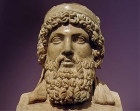
Teaching possibilities: From Plato to Nato
ArticleClick to view -

Using the Olympics as a learning tool: Active Research and Selecting Information
ArticleClick to view -

Integration and cross-curricularity: History, Humanities And Social Studies
ArticleClick to view -
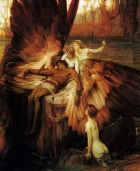
Flight
ArticleClick to view -

Objects and visual image exemplar: toys and games
ArticleClick to view -
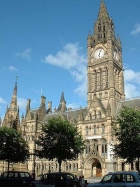
Urban spaces near you: cross-curricular work
ArticleClick to view -
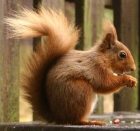
Urban spaces
ArticleClick to view -

Urban spaces cross-curricular work: Science
ArticleClick to view -
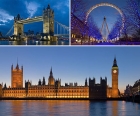
Urban spaces cross-curricular work: History
ArticleClick to view -

Case Study: Teaching World War 1 and professional development
ArticleClick to view -
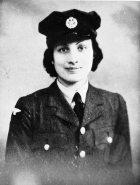
Cross Curricular Project on a famous person
ArticleClick to view -

Using history to launch the creative curriculum
ArticleClick to view -

Education for geographical understanding
ArticleClick to view -

Drama and story telling
ArticleClick to view -

Music and history combine at Key Stage 2
ArticleClick to view -

Place, time and society
ArticleClick to view -
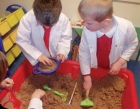
Archaeology and the Early Years: The Noah's Ark Experience
ArticleClick to view -

Children's thinking in archaeology
ArticleClick to view

